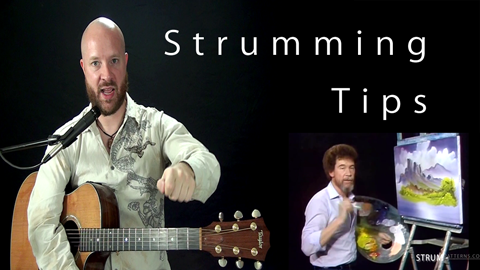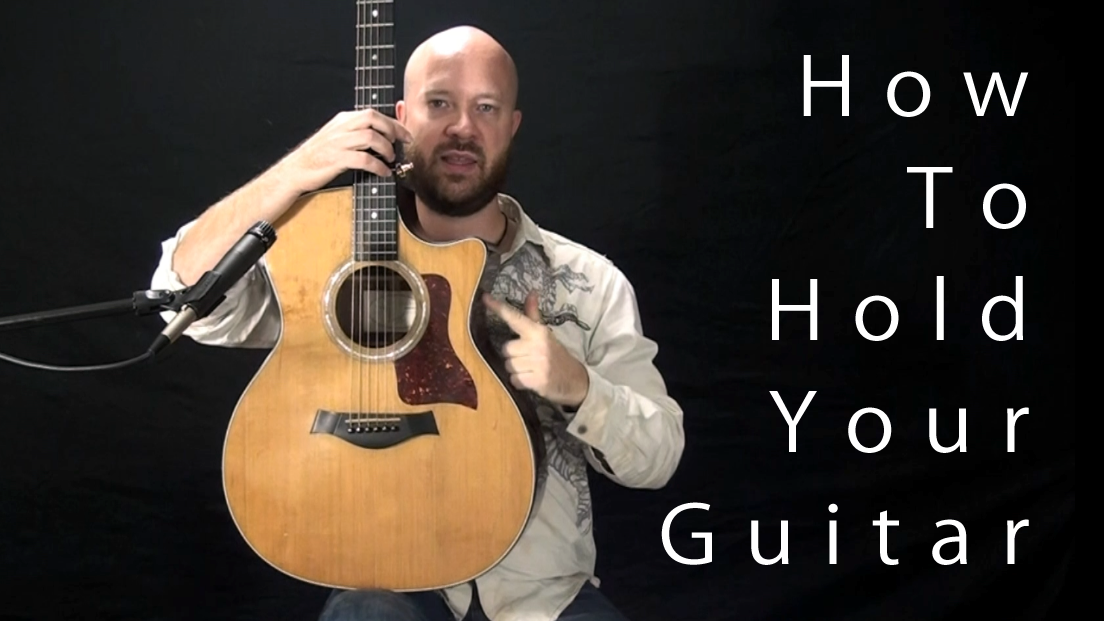The All Important Left Hand Position!
I received an excellent question from one of my viewers, so I thought I'd share the answer I gave them with everyone.
They were complaining of shoulder pain, which I too used to get. Far too often, not enough guitarists consider the position they sit in (or stand). Which is sad, because with just a few adjustments you can improve your playing vastly. The right position, will allow your body to be comfortable and most importantly- stay loose and relaxed. Tension (wether in the hand, shoulders, or even face) is the NUMBER ONE enemy of guitarists. Not only does it slow you down, make things more difficult, and can even make your tone poor, it can actually HURT you (look up Carpal Tunnel Syndrome).
As I take you through getting the right position, I assume you are right handed. If you are not, simply substitue right for left (but I'm sure you're already familiar with that drill by now).
There are a couple of videos you should check out. First is from an excellent classical guitarist, William Kanengiser. He is a classical guitarist, and he discusses classical technique, and classical position (which is by far the most perfect technique). I use this position when I play classical, but modify it a little for when I play acoustic, elecetric, or stand. But the fundamental ideas will all be the EXACT same thing. I want you to try his suggestions, and then later Iwill discuss how to adapt for the others.
The entire Effortless Classical Guitar video is available on YouTube and it is in an EXCELLENT resource.
Here's another video to watchfrom another amazing guitarist, Sharon Isbin. In this video, I don't think she speaks so much about left hand position, so you don't have to watch the whole thing, but what I want you to notice is her position. Notice how high the neck is, and how high the neck is compared to her shoulder. It's often so that the 7-9th frets are about equal height with the shoulder.
Sharon has a technique (once you have the proper guitar position) for how to prepare the left hand. She calls it the "gorilla grip." Basically you let your left hand dangle completely loose and then you quickly snap it up and grab the neck in your palm. Be sure not to move your elbow in any direction as you bend it. This is the basic position you should be in. Of course you won't actually grip the neck like this while you play, but it gets you into the right position.
Here's a video that demonstrates the technique well. His initial sitting position is poor, but he demonstrates the gorilla grip well. As you watch, notice how his neck height is much lower than Sharon's and Williams', and as a result notice how he has to bend over the guitar and reach down under the neck. So, one of the biggest factors is how high the neck of the guitar is! But, he does demonstrate the gorilla grip, so once you have the right sitting position, do what he says, and your arm/hand position will be good.
One thing that people don't realize is that the height of the CHAIR you sit on can be a big thing. Even if you are using a  footstand to elevate the leg your guitar sits on (which you should! Or at least a good stack of books), alot of people sit in a chair that is too high for them. There are seats designed for guitarists, but I use a drum throne (easy to pick up at a music store or Amazon) that is adjustable so I can get in a position like Sharon's. If you have the right sitting position, the right guitar height, and use the correct "grip," this will correct most of your shoulder positions. One last thing to note is that your elbow should be directly below your shoulder. If you push your elbow too far forward, or even more likely, pull it too far back that will also create tension in the left shoulder.
footstand to elevate the leg your guitar sits on (which you should! Or at least a good stack of books), alot of people sit in a chair that is too high for them. There are seats designed for guitarists, but I use a drum throne (easy to pick up at a music store or Amazon) that is adjustable so I can get in a position like Sharon's. If you have the right sitting position, the right guitar height, and use the correct "grip," this will correct most of your shoulder positions. One last thing to note is that your elbow should be directly below your shoulder. If you push your elbow too far forward, or even more likely, pull it too far back that will also create tension in the left shoulder.









